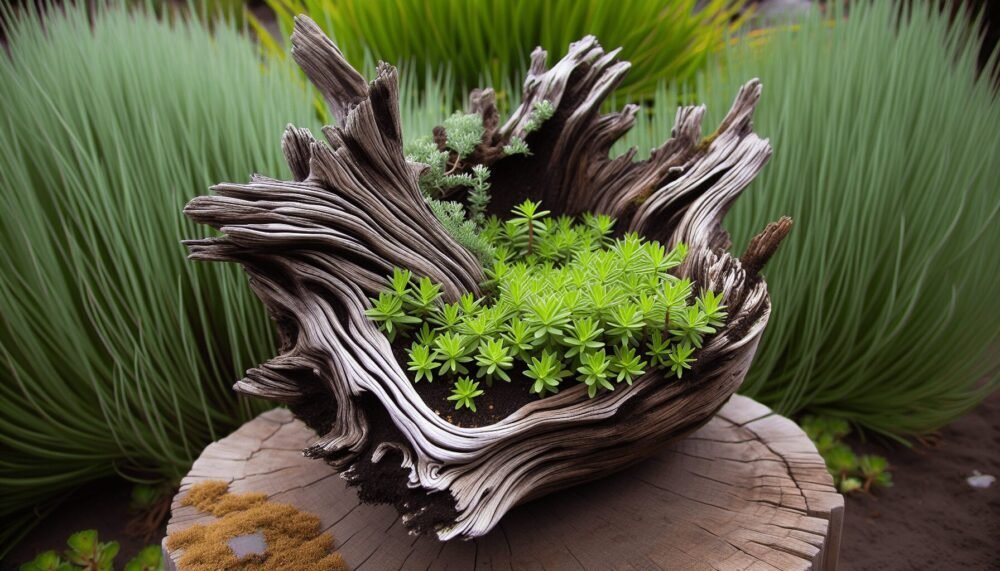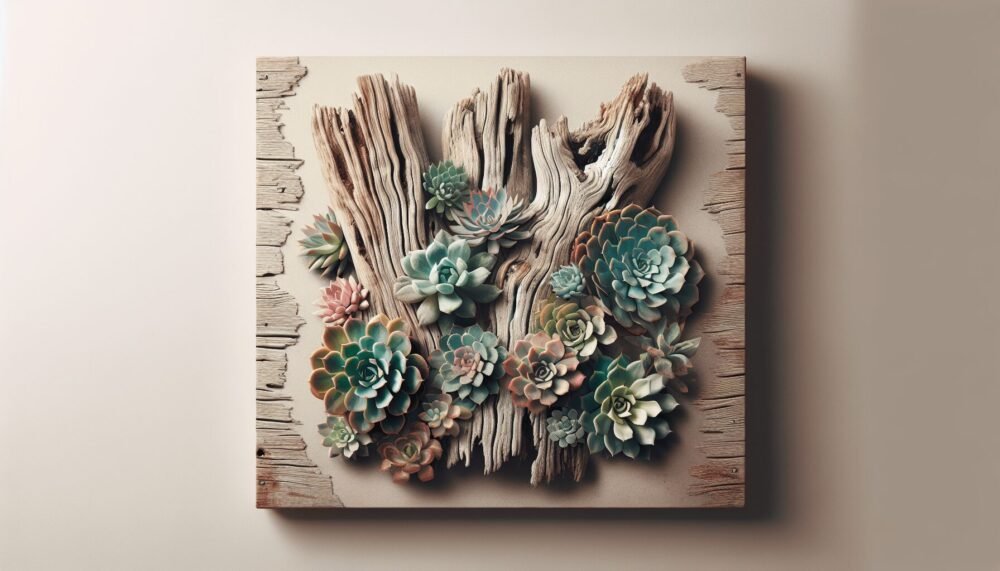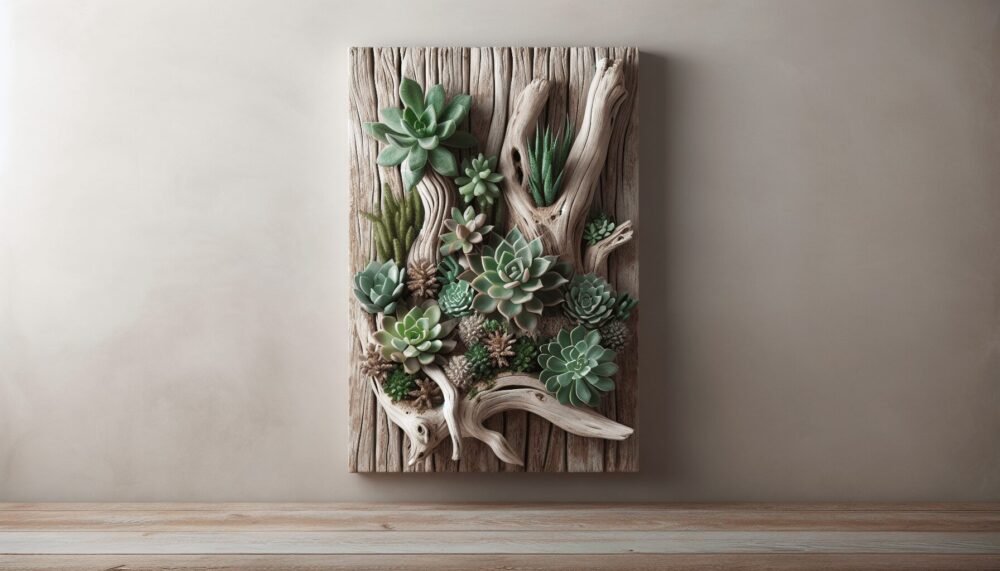Have you ever found yourself with an abundance of fresh herbs and wondered how to preserve their flavors and aromas effectively? If so, you might be intrigued by the idea of creating a driftwood herb drying rack. Not only does it serve a practical purpose, but it also adds a touch of rustic charm to your kitchen or garden space. With some creativity, you can transform simple driftwood into a functional tool that ensures your herbs maintain their essence for culinary dishes or medicinal use.
Understanding the Benefits of an Herb Drying Rack
Herbs can enhance any recipe, but their short shelf life can be a limiting factor. By drying herbs, you can prolong their usability without compromising flavor. An herb drying rack allows natural air circulation, preventing mold and preserving essential oils within the herbs. Additionally, drying herbs instead of freezing them retains more of their nutritional value and taste.
Why Choose Driftwood?
Aesthetic Appeal
Driftwood is celebrated for its natural beauty. Each piece is uniquely shaped by the elements, giving your drying rack a one-of-a-kind appearance. Its rustic look can complement various home décor styles, from coastal to bohemian.
Eco-Friendly Option
Using driftwood is a sustainable practice. It involves repurposing fallen and washed-up wood, preventing the need for newly harvested timber. By choosing driftwood, you help reduce waste and make eco-conscious decisions.

Selecting the Right Driftwood
Sourcing Driftwood
Finding driftwood can be an exciting adventure. Coastal areas, lakes, and rivers often have driftwood pieces that you can collect. Ensure that collecting driftwood is permitted in the area you’re in, as some regions have restrictions to protect natural habitats.
Characteristics of Suitable Driftwood
When choosing driftwood for your herb drying rack, consider the size, shape, and sturdiness of each piece. You want wood that is strong enough to hold herbs without breaking, while also being manageable to handle and hang.
Preparing Driftwood for Use
Cleaning the Driftwood
Once you’ve selected your pieces, clean them thoroughly. Soak the driftwood in a mixture of water and vinegar to remove salt deposits, dirt, and any potential micro-organisms. After soaking, scrub the wood with a brush, rinse well, and let it dry completely.
Sealing the Wood
Consider applying a sealant to your driftwood. This step isn’t mandatory, but it can provide added protection against moisture and insects. Use a natural sealant to maintain the non-toxic nature of your drying rack.

Designing Your Herb Drying Rack
Determining the Structure
Think about the configuration that best suits your space and herb-drying needs. Common designs include a linear horizontal rack or a tiered vertical rack. The design choice will influence how you’ll arrange your driftwood.
Materials and Tools Needed
To assemble your driftwood herb drying rack, gather the following materials and tools:
| Materials | Tools |
|---|---|
| Driftwood pieces | Drill |
| Twine or string | Saw (if resizing) |
| Hooks or pegs | Sandpaper |
| Eye screws | Measuring tape |
| Sealing agent (optional) | Scissors |
Assembly Guide
Plan Your Layout: Arrange your driftwood in a structure that reflects your chosen design. Use measuring tape to ensure even spacing between pieces.
Drill Holes: Drill holes in the wood where needed, either to connect pieces with twine or to insert eye screws for hanging.
Connect Pieces: Use twine to tie the driftwood pieces together if creating a multi-tiered rack. Ensure knots are tight to prevent slippage.
Attach Hooks: Screw hooks or pegs into the wood, spaced evenly for drying herbs. Hooks can accommodate herb bundles, while pegs work for smaller, lightweight herbs.
Hanging the Rack: Once assembled, securely hang your rack using sturdy ropes or chains from a ceiling beam, allowing for ample airflow around your herbs.
Best Practices for Drying Herbs
Harvesting Herbs
For the best results, harvest herbs mid-morning after the dew has evaporated, but before the sun is strongest. This timing helps capture the oils in the leaves without causing wilting from the heat.
Preparing Herbs for Drying
Remove any damaged or yellow leaves, and shake off excess soil. For larger leaves, consider removing the stems. Group delicate herbs like dill or basil in smaller bunches to prevent overcrowding and promote air circulation.
Drying Techniques
Hang herb bundles upside down to allow gravity to aid in drawing moisture out. Herbs should not be exposed to direct sunlight during the drying process, as this can degrade their color and potency. Aim for a cool, dark, and dry area.
Monitoring the Drying Process
Herbs generally take one to two weeks to dry completely. Check them periodically by crumbling a leaf between your fingers. If it crumbles easily, it’s ready for storage. Keep drying as needed for consistent texture among all pieces.
Storing Dried Herbs
Proper Storage Containers
Once dried, store herbs in airtight containers to preserve their freshness. Glass jars with tight seals are ideal, as plastic can sometimes impart unwanted flavors.
Labeling and Organizing
Label your containers with the herb name and date of drying. Proper labeling helps you keep track of shelf-life and ensures you use herbs at their peak of flavor.
Storage Conditions
Store your herbs in a cool, dark place to maximize their longevity. Direct sunlight and heat can cause herbs to lose their potency and flavor more quickly.
Creative Additions to Your Rack
Personalizing Your Rack
Consider adding decorative elements to your herb drying rack. Incorporate shells, beads, or small trinkets tied onto the strings for a personal touch that reflects your style.
Multi-Purpose Functionality
Beyond herbs, use your driftwood rack for drying flowers or displaying lightweight ornamental items. Its versatility makes it a functional art piece in your living space.
Conclusion
Incorporating a driftwood herb drying rack into your kitchen or garden space offers a mix of beauty, sustainability, and practicality. The process of creating and utilizing such a rack encourages you to value the natural world and its resources. By taking the time to dry and preserve your herbs properly, you ensure that your culinary creations are always enhanced with fresh, aromatic flavors straight from your personal herb collection. So embrace your creativity, respect nature, and enjoy the benefits of having home-grown herbs at your fingertips all year round.






